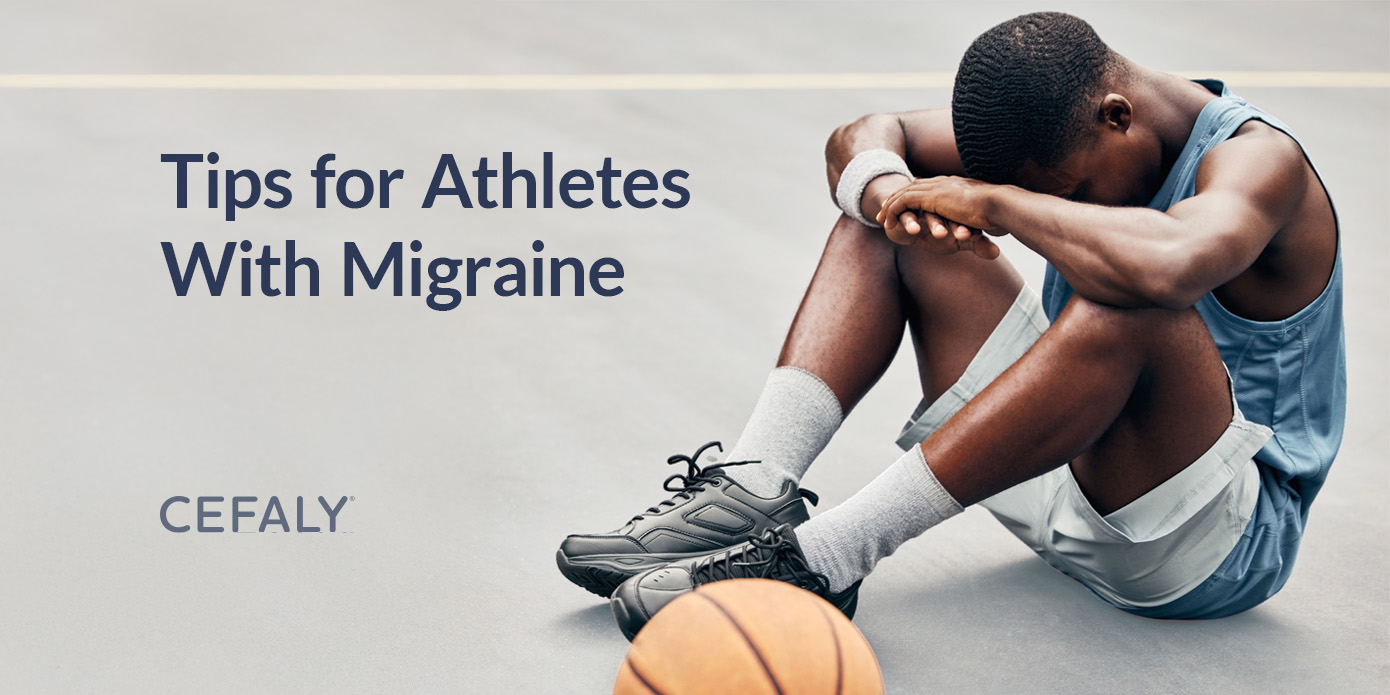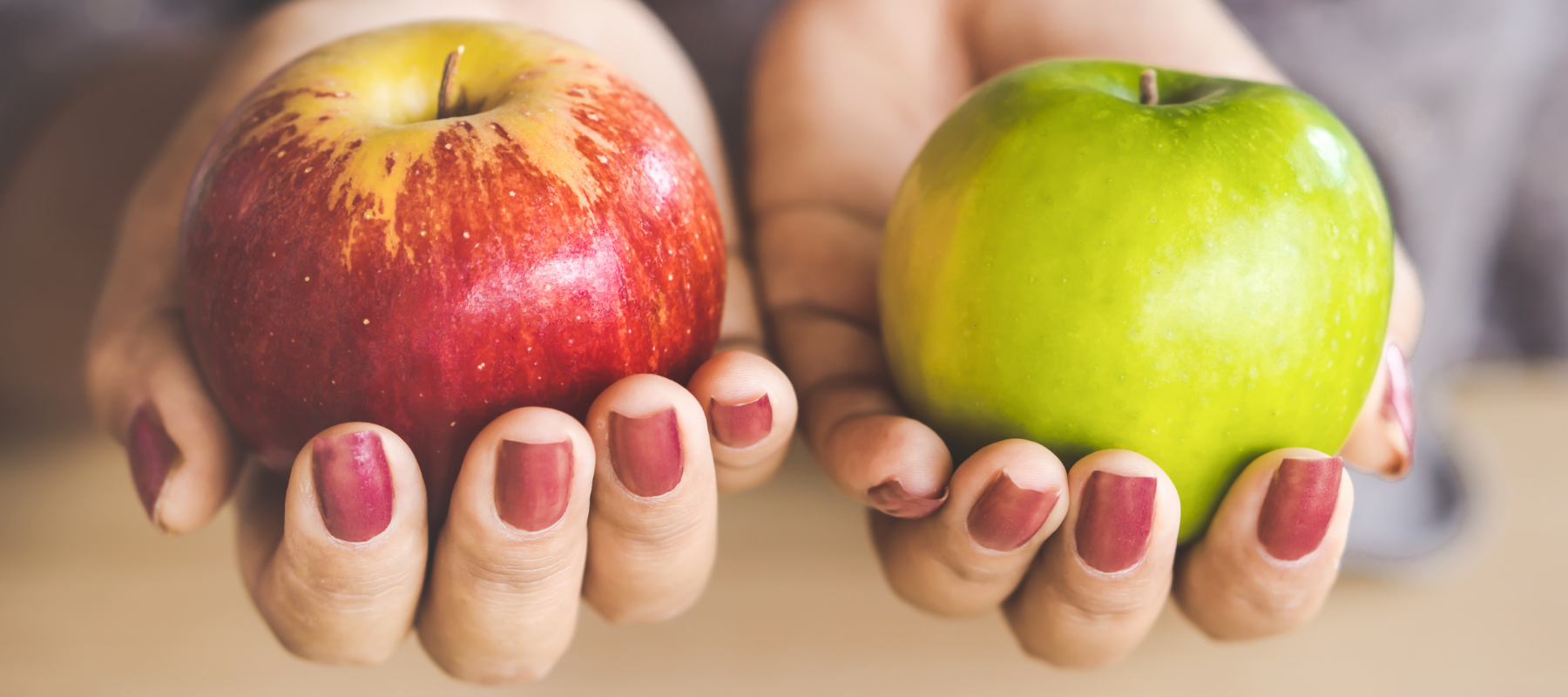Migraine can be physically and mentally taxing for athletes, disrupting regular workouts, training sessions and competitive events. While you can play sports with migraine, the condition makes it significantly more challenging.
From lifestyle adjustments to stress management techniques, this guide covers some best practices for athletes dealing with migraine.
Common migraine triggers for athletes
The first step in preventing your migraine attacks is to identify possible causes. Some typical migraine triggers include:
- Physical exertion and overtraining: Excessive rapid movements like turning your head, bending over and rotating your body may trigger migraine attacks. Exercise-induced migraine is most prominent in strenuous sports, such as weightlifting, running, swimming, tennis and football.
- Dehydration: If you don’t properly hydrate before and after exercise, you may be more prone to migraine attacks. Dehydration triggers migraine for about 33% of people with the condition, so drinking plenty of water is essential — especially for athletes.
- Sleep disturbances: Many athletes struggle with sleep for a myriad of reasons, such as inconsistent schedules, traveling, competition and game day anxiety, and pain from injuries. Insomnia and sleep disturbances are common migraine triggers.
- Weather and temperature: If you frequently exercise in heat and humidity or cold weather, you may be more susceptible to an attack, as extreme temperatures are a trigger for some. Additionally, sudden weather and temperature fluctuations can cause abnormal body responses, triggering migraine.
- Diet: Athletes with migraine may incorporate certain foods into their diets without realizing that they can aggravate their condition. For instance, while fruits and vegetables like corn, peas, grapefruit and oranges may seem like healthy additions to your exercise diet, these are common trigger foods for those living with migraine.
Migraine prevention strategies for athletes
The following practices may help reduce the frequency or severity of your attacks.
Lifestyle modifications
Certain lifestyle adjustments can help you avoid migraine triggers such as lack of sleep and dehydration:
- Maintain a consistent sleep schedule: A steady bedtime routine can help you sleep better each night, potentially keeping migraine attacks at bay. Try to go to bed and wake up around the same time each day, if possible. Create a restful, relaxing environment, whether that involves slipping into comfortable pajamas, turning on a fan, dimming the lights or putting on some white noise. Maintain this routine each night.
- Stay hydrated: The amount of water your body needs largely depends on how much you sweat during physical activity. However, most athletes should aim to drink about 2 cups of water before exercising, then 4-8 ounces every 15-20 minutes. If you’ll be exercising for over an hour, have a sports drink to replenish your electrolytes in addition to water.
- Eat a balanced diet: Prioritize a healthy diet with foods rich in magnesium, omega-3 fatty acids, protein and fat. Incorporating these foods into your daily meals may help with migraine prevention. Some examples include leafy greens, salmon, lean meats, eggs, pumpkin and chia seeds, and nonstarchy veggies like artichokes and asparagus.
Training adjustments
You may need to adjust your training habits and schedule to avoid overexertion. This might include:
- Recognizing and respecting personal limits: If you often experience migraine attacks post-workout, you may be pushing yourself too hard. Find your limits and make adjustments as needed, such as lifting lighter weights, slowing down your movements and taking more time to warm up and cool down. You might also adjust your exercise environment, such as avoiding workouts in hot weather.
- Incorporating rest days and recovery techniques: Working out regularly without allowing your body to rest can lead to burnout, injury and more frequent migraine attacks. Rest days allow your muscles sufficient time to recover. The American Council on Exercise (ACE) recommends a rest day every 7-10 days for athletes who engage in high-intensity exercise. On rest days, use recovery techniques such as massage, foam rolling, an ice bath or a hot or cold compress.

Stress management techniques
Stress triggers migraine in 70% of people with the condition. It could contribute to your attacks if you experience pregame jitters or anxiety before a competition. Consider the following stress relief exercises:
- Mindfulness and relaxation exercises: Relaxation techniques, such as meditation, deep breathing and yoga, can help calm your mind and nerves.
- Mental strategies: Self-doubt and negative thoughts often lead to stress and anxiety. Positive self-talk and affirmations can help you build confidence before a game or competition.
Acute management strategies
The following tips can help you manage your migraine pain at the onset of an attack.
Recognizing early signs
You can recognize and manage your migraine symptoms by:
- Identifying warning signs: Understanding the different stages of a migraine attack can help you prepare for one before it occurs. Note your symptoms leading up to an attack. For example, some people with migraine experience aura, which can involve dizziness, numbness and flashes of bright lights.
- Tracking migraine patterns: Keeping a migraine diary is a great way to record and track your triggers so you can limit them as much as possible.
Immediate relief techniques
Some techniques can provide instant migraine pain relief, including:
- Medication: Over-the-counter medications like aspirin, ibuprofen and naproxen may ease your migraine pain. Depending on your condition’s severity, you could speak with your healthcare provider about prescription medications for migraine, such as triptans and beta-blockers.
- Nonpharmacological approaches: When you feel an attack coming on, find a dark, quiet room to rest in if possible. Apply a cold compress to your forehead, drink water and take slow, deep breaths.
- Migraine devices: Certain medical devices, such as CEFALY, use external trigeminal nerve stimulation (eTNS) to relieve pain. CEFALY is a clinically proven, FDA-cleared device that transmits an electrical impulse to the trigeminal nerve — the main pathway for migraine pain — via an adhesive electrode worn on the forehead.
Get Drug-Free Migraine Relief With CEFALY
Shop Now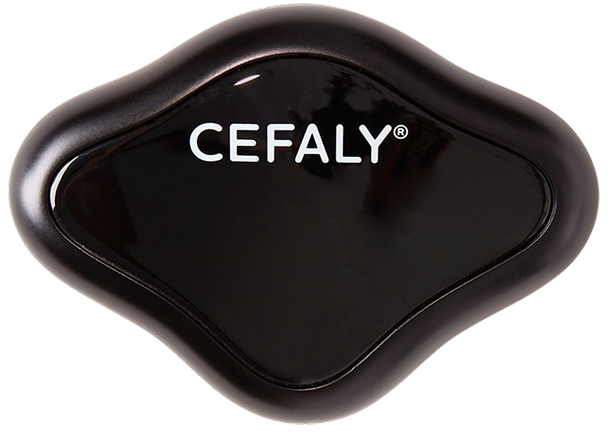
90-day money back guarantee
FDA-cleared
financing available
Planning for competition
To reduce the risk of a migraine attack during a game or competition, keep these tips in mind:
- Prepare the night before: Try to get quality sleep the night before the big event. Follow your established nighttime routine and avoid caffeine or alcohol, as these can interfere with sleep. Eating a big meal right before bed may also cause indigestion and affect your slumber. Instead, have a small, high-carb snack, such as fruit, crackers or toast with jam.
- Communicate with coaches and teammates: Inform your coaches and teammates about the possibility of a migraine attack on game day, as it could affect your performance and ability to participate. That way, they can plan and adjust as needed and support you through an attack.
Try CEFALY for migraine relief
Don’t let migraine pain stop you from performing your best. If you’re ready to try CEFALY, purchase your device today with our 90-day money-back guarantee.
